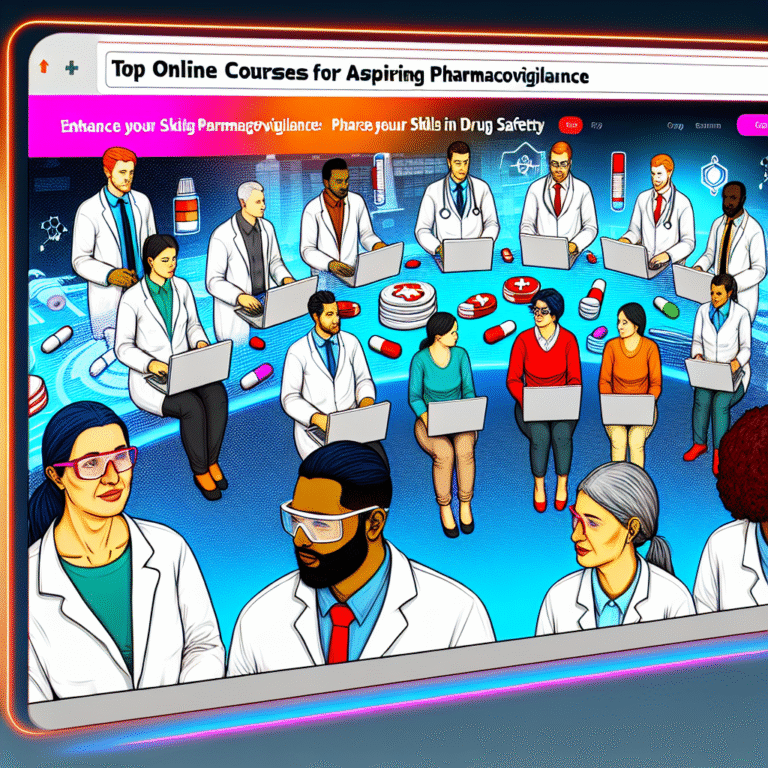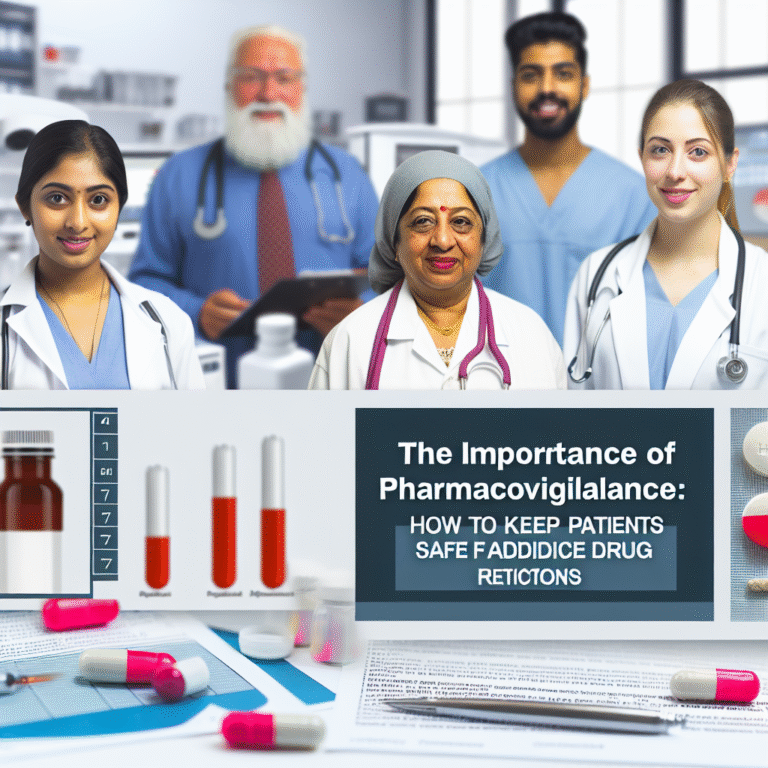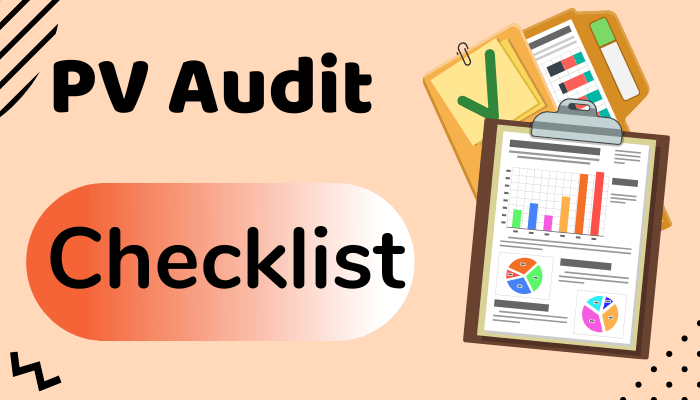The Essential Guide to Pharmacovigilance: Ensuring Drug Safety and Patient Well-being
The Essential Guide to Pharmacovigilance: Keeping Medicines Safe for Everyone
Introduction
In healthcare, making sure that medicines are safe and work well is really important. That’s where pharmacovigilance comes in. Pharmacovigilance is all about watching out for and dealing with bad effects or problems caused by medicines. This guide is here to help doctors, nurses, and other healthcare workers understand how pharmacovigilance works and how they can use it every day.
1. What Is Pharmacovigilance?
1.1 What Does Pharmacovigilance Mean?
Pharmacovigilance means keeping an eye on medicines all the time to make sure they are safe and work for people. This idea started because there were some bad events with medicines in the past. Over time, lots of health organizations around the world have worked together to make things better.
Important groups involved in pharmacovigilance are the World Health Organization (WHO), the U.S. Food and Drug Administration (FDA), and drug companies. Doctors, patients, and people who make health rules are all part of this too.
1.2 Why Is Pharmacovigilance Important?
Pharmacovigilance is super important because:
– It helps keep patients safe by finding and handling risks with medicines.
– It makes sure medicines work well and have more good effects than bad ones.
– It saves money for hospitals and patients by stopping problems before they need a lot of medical care.
1.3 Key Words in Pharmacovigilance
To understand pharmacovigilance, you need to know some key words:
– Adverse Drug Reaction (ADR): A bad reaction to a medicine even when you take it the right way.
– Risk-Benefit Balance: Comparing the good things a medicine does with the bad things it might cause.
– Signal Detection: Finding out if there are new bad reactions or changes that need attention.
2. How Pharmacovigilance Works
2.1 Collecting and Using Data
A big part of pharmacovigilance is getting data and using it well. Data can come from reports from doctors and patients, tests, and research papers. It’s important to collect all this information carefully. Safe storage and easy access to data help people study and understand it better.
2.2 Finding and Looking at Safety Signals
Once data is collected, finding safety signals is the next step. This includes:
– Using math and statistics to see if there are too many reports of certain reactions.
– Having experts look at cases to understand what they mean.
– Looking at reports to see what’s really important and what needs to be taken care of quickly.
2.3 Managing Risks and Talking About Them
Sorting out risks and telling people about them is important in pharmacovigilance. This includes:
– Making plans to handle any safety problems.
– Telling doctors and patients about risks with updates and alerts.
– Taking actions to protect public health when risks are found.
3. Rules and Guidelines
3.1 Global Health Organizations
Many global health groups make sure drug safety practices are the same everywhere. These groups include:
– World Health Organization (WHO)
– International Council for Harmonisation (ICH) for medicine use
– U.S. Food and Drug Administration (FDA)
3.2 Important Guidelines and Laws
Following rules and laws is vital for drug safety. Important ones are:
– Good Pharmacovigilance Practices (GVP)
– European Medicines Agency (EMA) guidelines
– National laws that agree with international standards
3.3 Following Rules and Reporting
Organizations doing pharmacovigilance have to follow strict rules and keep reporting:
– They must report any suspect ADRs to the right authorities.
– They need to send regular reports about the safety of medicines.
– They also have inspections to check if they are following rules correctly.
4. Tools and Technology for Pharmacovigilance
4.1 Programs and Databases
New technology helps pharmacovigilance a lot, like using computer programs such as:
– VigiBase, a global database for recording ADRs
– EudraVigilance, for tracking European medicine safety reports
– Using Artificial Intelligence (AI) and Machine Learning (ML) to find signals and make things quicker
4.2 New Technologies
New tech provides more ways to improve pharmacovigilance:
– Big Data helps look through lots of information to find risks.
– Blockchain technology helps keep data clear and safe.
– Mobile apps allow patients to report bad reactions right away.
4.3 Combining Tech and Old Methods
It’s important to mix new technology with older, trusted methods. This means:
– Training people who work in pharmacovigilance to use new tech.
– Keeping up with future tech trends in medicine safety.
5. Challenges and Chances
5.1 Challenges in Pharmacovigilance
Even though it’s crucial, pharmacovigilance has some challenges:
– Data might not be complete or good enough for exact judgments.
– Different rules in different areas can be tricky when sharing info globally.
– New medicines can bring new problems we didn’t see before.
5.2 Chances to Do Better
There are also great opportunities to improve pharmacovigilance:
– Predictive modeling can help find risks earlier.
– Working together internationally helps make rules more uniform.
– Teaching patients more about reporting bad effects can make pharmacovigilance stronger.
Conclusion
Pharmacovigilance is a key piece of healthcare, always keeping patient safety first. Organizations like Pharmacovigilance Foundations are here to help guide healthcare workers through this important process. By using both old and new ways, pharmacovigilance can make sure medicines are safer for everyone in the future.






